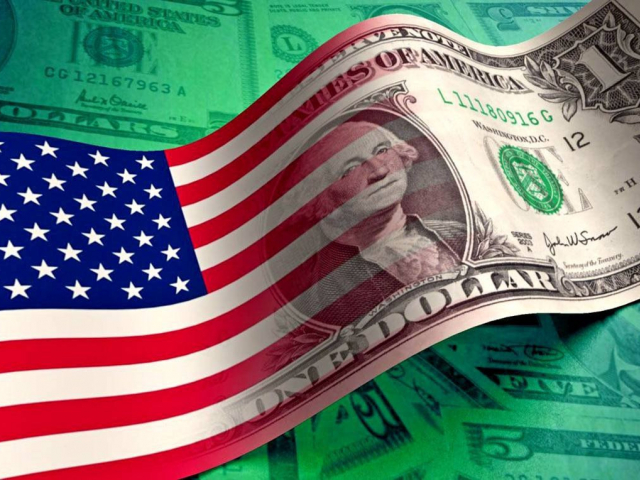
USD weakness
An increase in the key rate led to a decline in the greenback. The latter has fallen by 5% since the start of 2023. It also sank by 15% versus its main rivals, bouncing off the high of October 2022. As a reminder, in 2022, the greenback reached parity with the euro for the first time in 20 years. After that, it rose markedly against the euro. However, with more rate hikes, the US dollar lost ground. It was able to recover. However, its rally is usually short-lived.

Increase in interest cost on national debt
A hike in the Fed's interest rate led to a climb in payments on FICO bonds. The result was disastrous. It caused a wave of bank runs, for instance, Silicon Valley Bank (SVB). Nowadays, the American authorities spend more on interest payments on the national debt than on social projects. According to preliminary forecasts, in the near future, the cost of servicing the US national debt will exceed spending on defense, transportation, and education, as well as on health programs. In 2024, expenditures will reach $745 billion, analysts believe.

High and rising inequality
Monetary tightening also affects the well-being of the least protected segments of the population, causing a significant income gap between rich and poor. The Fed justifies its decisions aimed at combating inflation by the fact that low-income populations suffer more than others from rampant price growth. However, there are pitfalls that are difficult for the regulator to avoid. The central bank needs to take into account the decline in wages and labor demand. Ulrich Stefan, the chief investment strategist at Deutsche Bank, pointed out that apart from the deterioration of the labor market, an important gauge for the Fed, there was an increase in unemployment among African Americans in June. In this group, there was almost 90% of the nationwide rise in unemployment. In such a situation, the Fed has to maneuver between the ability to curb inflation and the need to maintain a balance in the labor market.
 Български
Български 
 Русский
Русский English
English Bahasa Indonesia
Bahasa Indonesia Bahasa Malay
Bahasa Malay ไทย
ไทย Español
Español Deutsch
Deutsch Français
Français Tiếng Việt
Tiếng Việt 中文
中文 বাংলা
বাংলা हिन्दी
हिन्दी Čeština
Čeština Українська
Українська Română
Română
